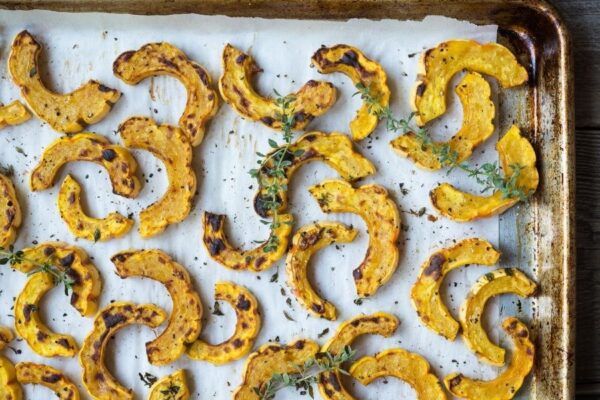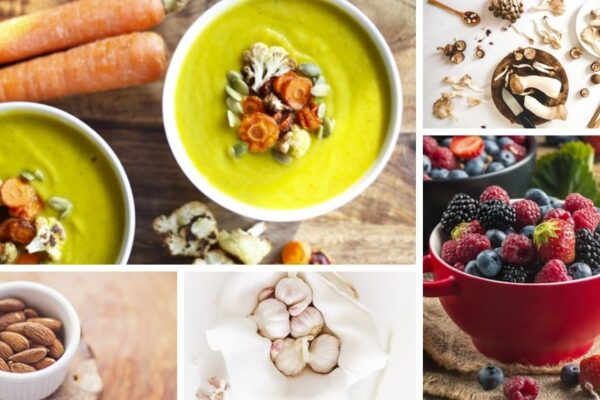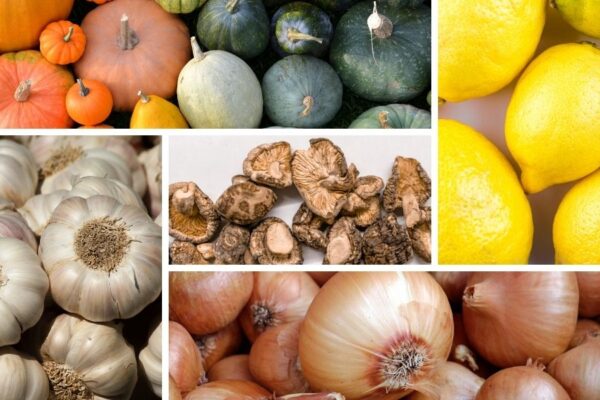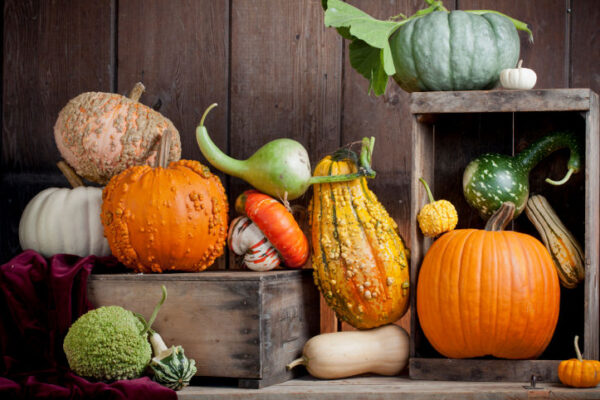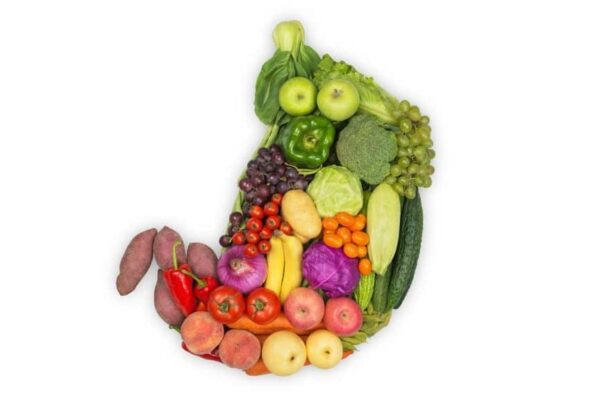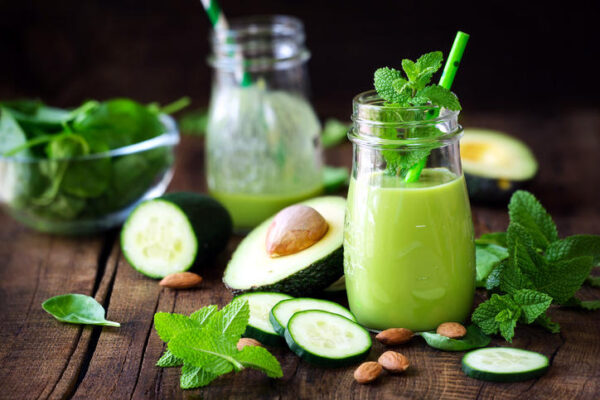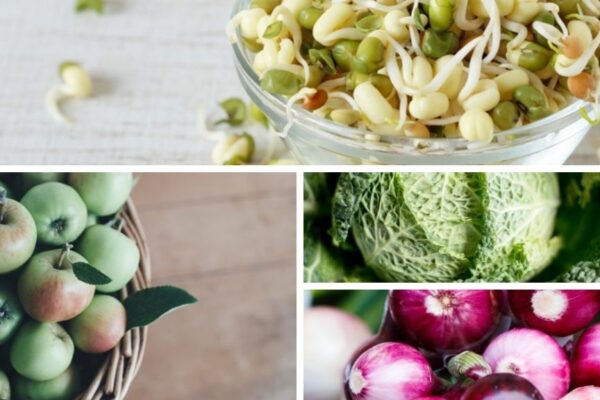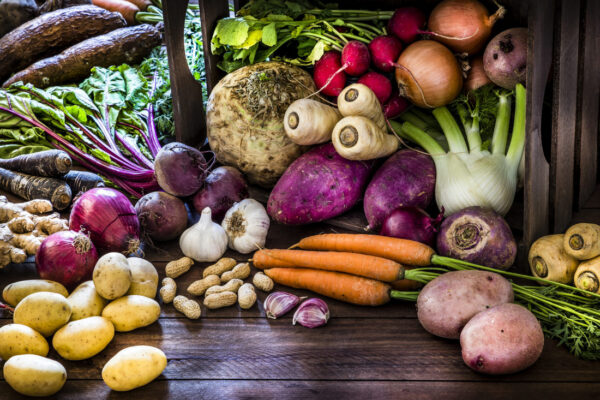What To Do With A Whole Pumpkin
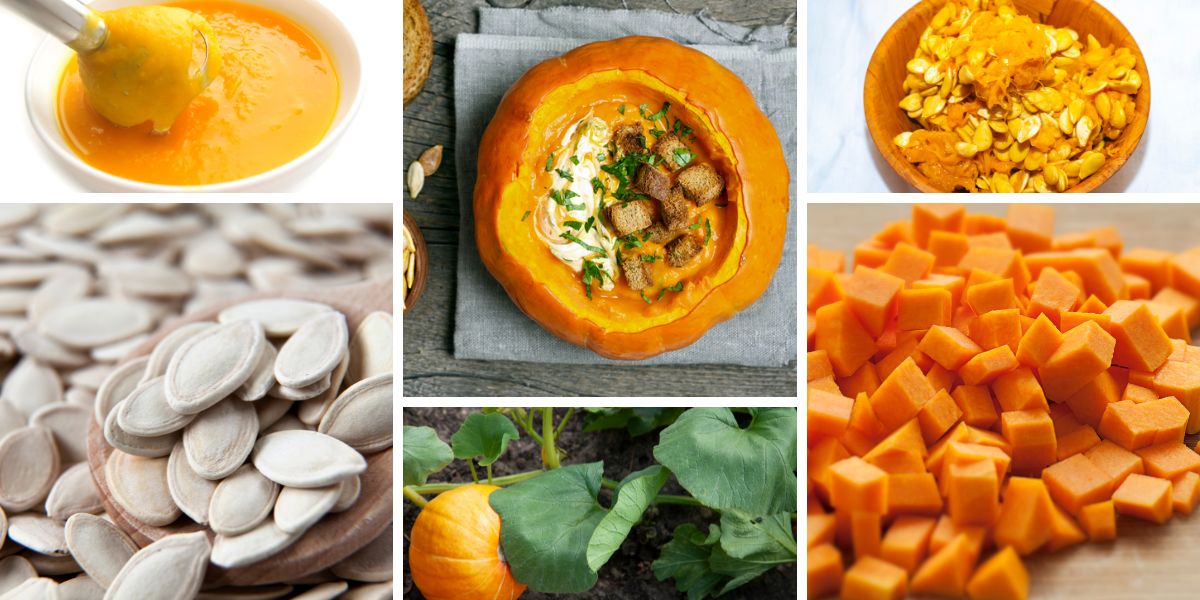
Pumpkins are inextricably linked to the autumn season – but these lovely winter squashes can definitely pull their weight in the kitchen beyond pumpkin pie or decorations throughout the fall and winter. If you’ve always found pumpkins unwieldy and difficult to use, this guide for what to do with a whole pumpkin will help!
Health Benefits of Pumpkins
As a card-carrying member of the winter squash family, pumpkin is a wonderful source of anti-inflammatory and immune-supportive nutrients like Vitamins A and C, as well as zinc. It also has anti-oxidants and omega-3 fats, plus it’s been studied for its anti-diabetic and anti-cancer properties.
The flesh is rich in fibre, an important nutrient for good digestion, blood sugar balance and cardiovascular health, while the seeds are high in an array of minerals like energy-boosting iron, zinc, plus manganese and copper to support bone production and prevent free radical damage. The seeds are also a good source of protein.
Why Not Use Canned Purée?
There may be times when canned pumpkin is the simple and convenient choice. However, there are a few things to keep in mind when choosing canned pumpkins:
- Pumpkin pie purée vs pumpkin purée: Be careful when buying canned versions to ensure you are getting the one you want. Pumpkin pie purée or mix is typically sweetened and has additional spices such as cinnamon, nutmeg and ginger.
- Bisphenol A: Most canned goods are lined with bisphenol A, a chemical that disrupts the endocrine system and is associated with infertility, hormone-related metabolic disorders, and cancer.
- What are you getting? Aside from chemicals, preservatives or additives that may be in the canned stuff, the US cans that say ‘100% pumpkin’ may also contain other varieties of squash. This is to help make the canned purée more thick and starchy in consistency, as sometimes pumpkins can be stringy. While we’re absolutely down with winter squash, it’s good to know exactly what we’re getting whenever we are buying or eating something! When you cook a pumpkin, you know for sure that what you’re getting is the real thing.
- Price/Quantity: Store-bought pumpkin that comes in a BPA-free can is typically pricey, and you only get a small amount – maybe 2 cups worth. When you bake and use your own, you can batch prep for a variety of recipes, or freeze it for later.
- Waste reduction: Cooking pumpkins from scratch leads to less waste, especially with emerging evidence that not all containers can be recycled, that we have more recyclables than a lot of community systems can handle, and many people aren’t recycling correctly. Skipping the canned pumpkin and prepping your own leads to less food waste and a better environmental footprint.
What to Do With a Whole Pumpkin
Choosing a Good Pumpkin
If you’re not planning to carve it, there really isn’t a need for a gigantic 50-pound pumpkin. While you’ll certainly get a lot of flesh and seeds from it, that size is much more difficult to work with!
Choose pumpkins that feel heavy for their size, have firm skins and don’t have any soft or moldy brown spots. We like to use pumpkins that are smaller, especially if you’re new to cooking and eating pumpkins! Three to five pounds is a good place to start, and then you can choose larger pumpkins when you’re more comfortable with handling them.
Using the Flesh
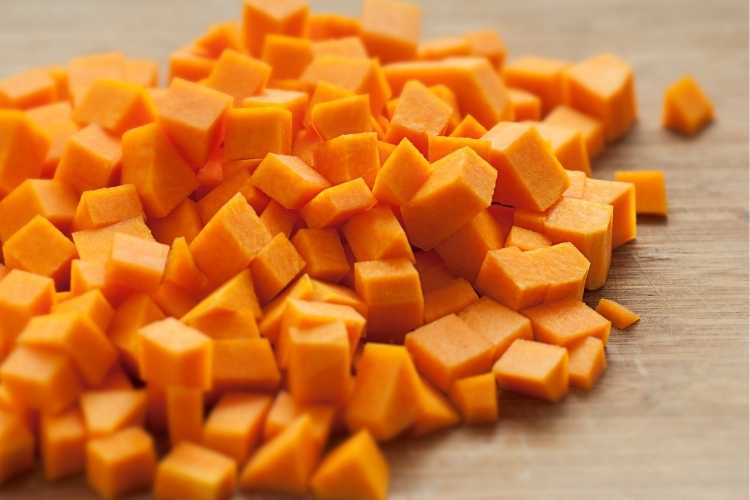
- Before you get started, ensure you have a well-sharpened knife and a solid cutting board to keep the pumpkin steady as you cut. We recommend brushing up on your knife skills and knife safety first!
- If the pumpkin is on the smaller side, cut a small slice at the bottom so you have a flat surface to keep it from rolling and rocking.
- If your pumpkin is very tough and difficult to cut, pierce the flesh in several spots on a baking sheet and roast it in the oven whole. If you’re making purée (see below) you can roast for longer, or if you just want to soften it, then bake for 10 minutes or so, until the skin can yield to your knife.
To cut and cook into purée:
- Preheat the oven to 350 degrees.
- Cut your pumpkin in halves or quarters, depending on the size.
- Scoop out the seeds and save them to roast as a snack (see below).
- Place the pieces cut-side down on a baking sheet lined with parchment. You can brush a bit of heat-safe oil onto the halves if you’d like.
- Roast for 45 minutes or so, until the flesh is soft and tender and can be easily pierced with a fork.
- When the pumpkin is cool enough to handle, scoop out the flesh and mash it, or toss it into your food processor if you don’t feel like mashing it by hand.
To cut and cook into whole cubes for recipes:
- Preheat the oven to 350 degrees.
- Cut your pumpkin into quarters.
- Scoop out the seeds and save them to roast as a snack (see below).
- Slice the skin off if desired (we like to do this!).
- Cut the quarters into smaller chunks. Smaller cubes will cook or roast faster than larger chunks. The size you choose will depend on the recipe – you may want larger wedges to serve as a side dish, or smaller ones to steam or roast for smoothies. You can grab a visual of chopping pumpkin in this video.
- Either use right away for the recipe you’re cooking, or stash in the fridge or freezer to cook later.
Saving and Roasting the Seeds
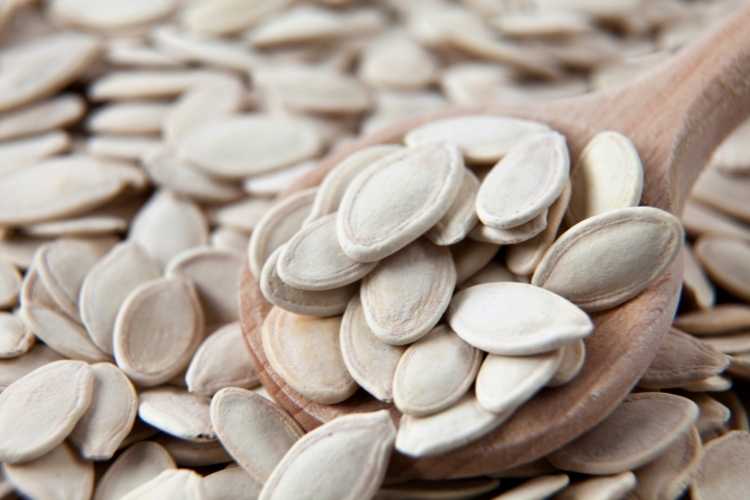
Roasted pumpkin seeds make an amazing snack, and are often a good alternative to nuts for those with nut allergies or for school lunches. Here’s how to do it:
- Follow steps 1 or 2 above, scooping the seeds from the flesh.
- The flesh will be stringy and likely cling to the seeds. We like to soak the seeds for 30 minutes to an hour or so in cold water, then pull any remaining flesh from the seeds.
- Preheat the oven to 325 degrees.
- Season the seeds to taste with your favourite herbs and spices.
- Spread the seeds on a parchment-lined baking sheet.
- Bake for 10-12 minutes, or a bit longer if needed, until the seeds are dry. Watch them carefully starting at the 10-minute mark so they don’t burn.
- To make pumpkin seed butter: skip the herbs and spices and dry the seeds plain. You’ll need at least 2-3 cups of seeds, so you may need to store and save your seeds to make the butter when you have enough of them! Then whirl them in your food processor until they break down and become smooth and creamy.
The Pumpkin as a Vessel
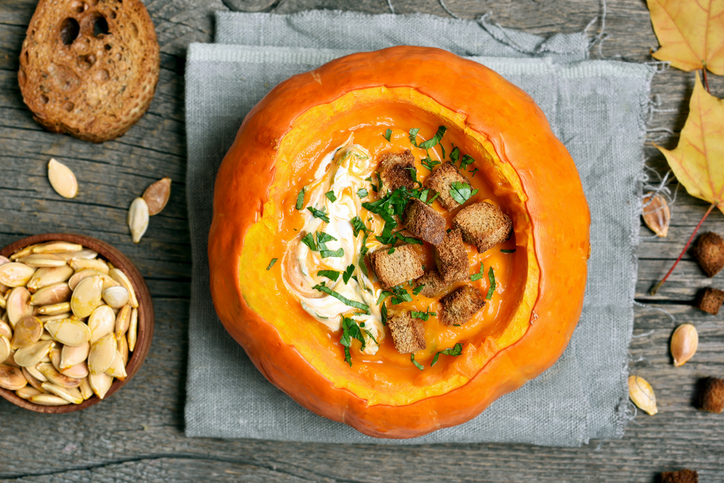
You can toss your pumpkin skin into the compost once you hew the flesh and the seeds; however, you can also use it as a cooking vessel! Use it as a tureen for soups and stews, cut it in half and stuff it with grains, veggies, nuts, seeds or dried fruit, or fill it with dips and spreads instead of using a serving bowl. For the latter, smaller pumpkins tend to work better!
Use Those Pumpkin Guts!
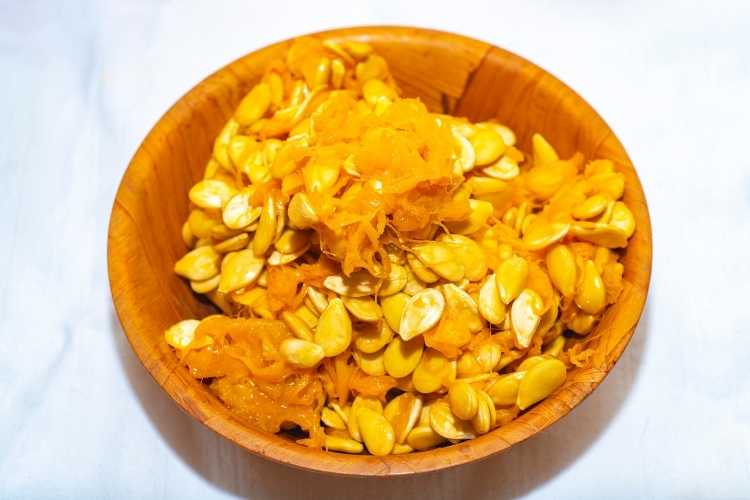
When you scoop out the seeds from your pumpkin, you can gather the stringy, fibrous bits between them in your recipes. Use the ‘pumpkin guts’ for broth, juicing, baking, dips and spreads, and more.
You Can Eat Pumpkin Leaves, Too
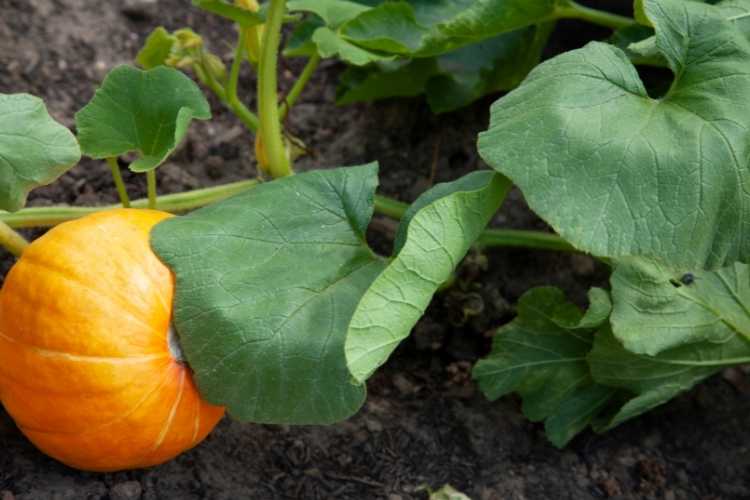
Tired of spinach and kale? Pumpkin leaves count as a dark leafy green and you can use them in the same way – in salads, soups, stews or stir-fries. Just ensure you use the young leaves, as older pumpkin leaves turn bitter and rough.
pumpkin Recipe Inspiration
Feeling inspired to cook with a whole pumpkin from scratch? Try some of these ideas:
- Top 20 Winter Squash Recipes
- Pumpkin Pie Smoothie
- 6 Ways to Use Pumpkin
- Double Chocolate Pumpkin Muffins
- Creamy Gluten-Free Pumpkin Noodles
- Best Pumpkin Spice Latte
- Pumpkin Spice Blend
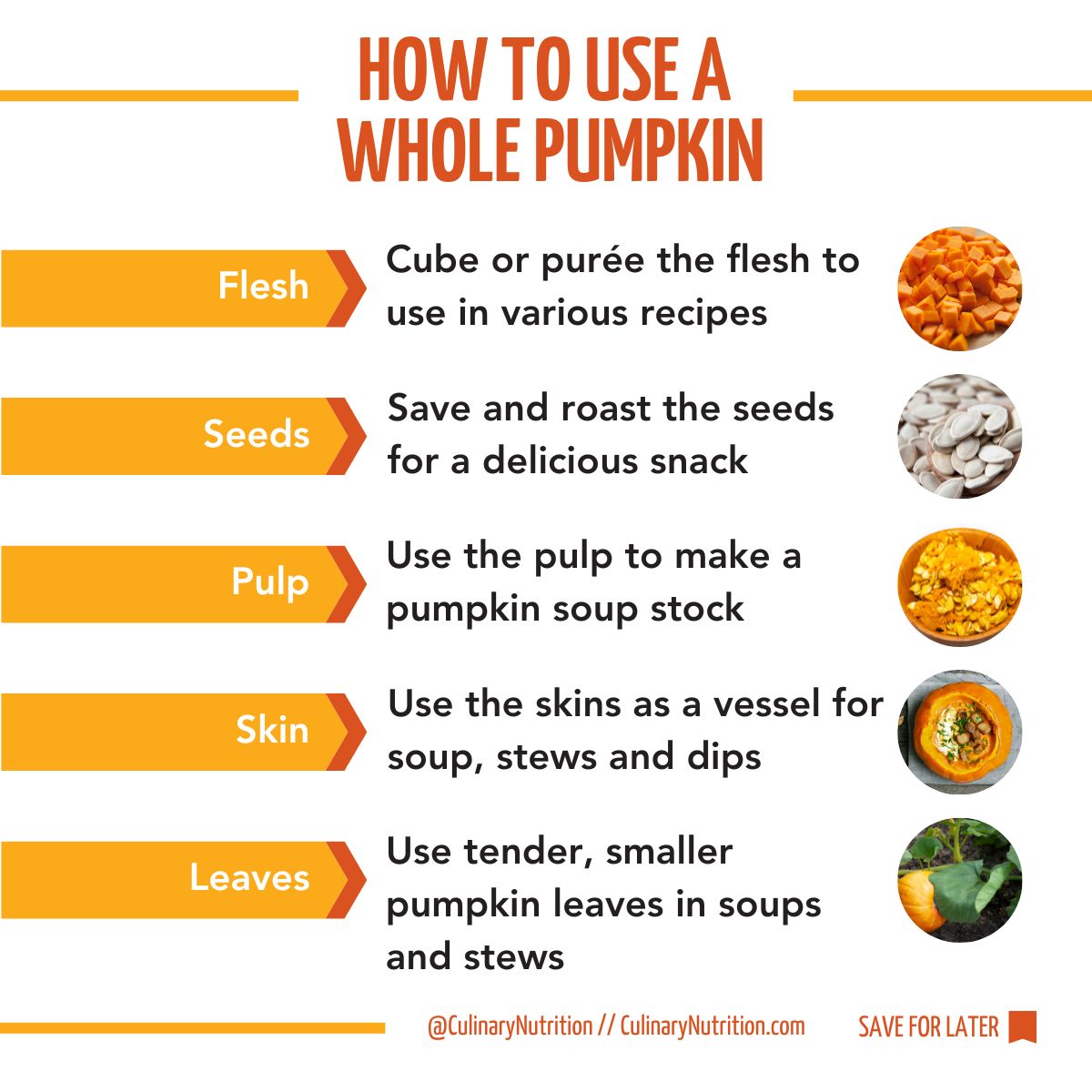
Free Resource Library
Enjoy more than 40 downloadable guides, recipes, and resources.















